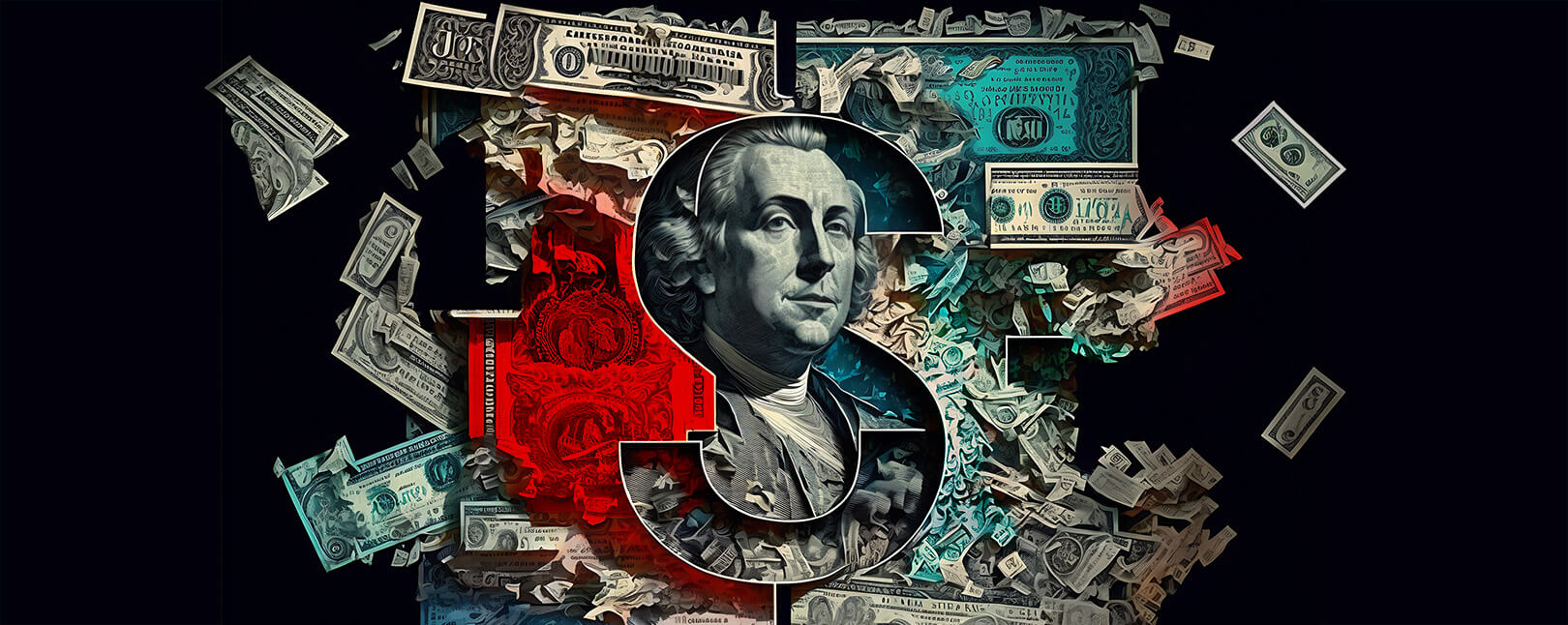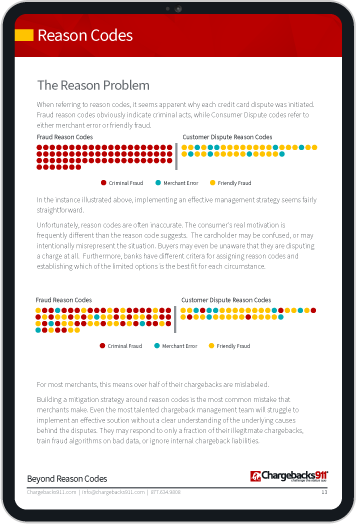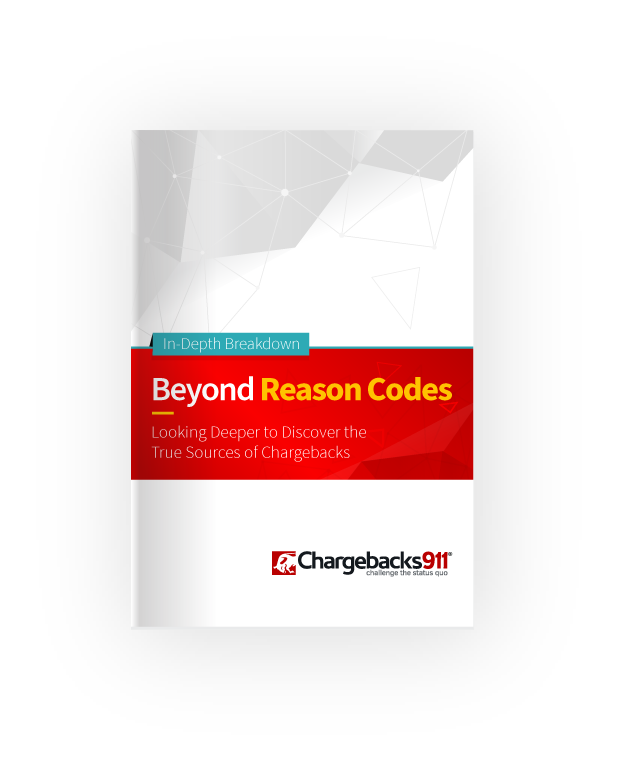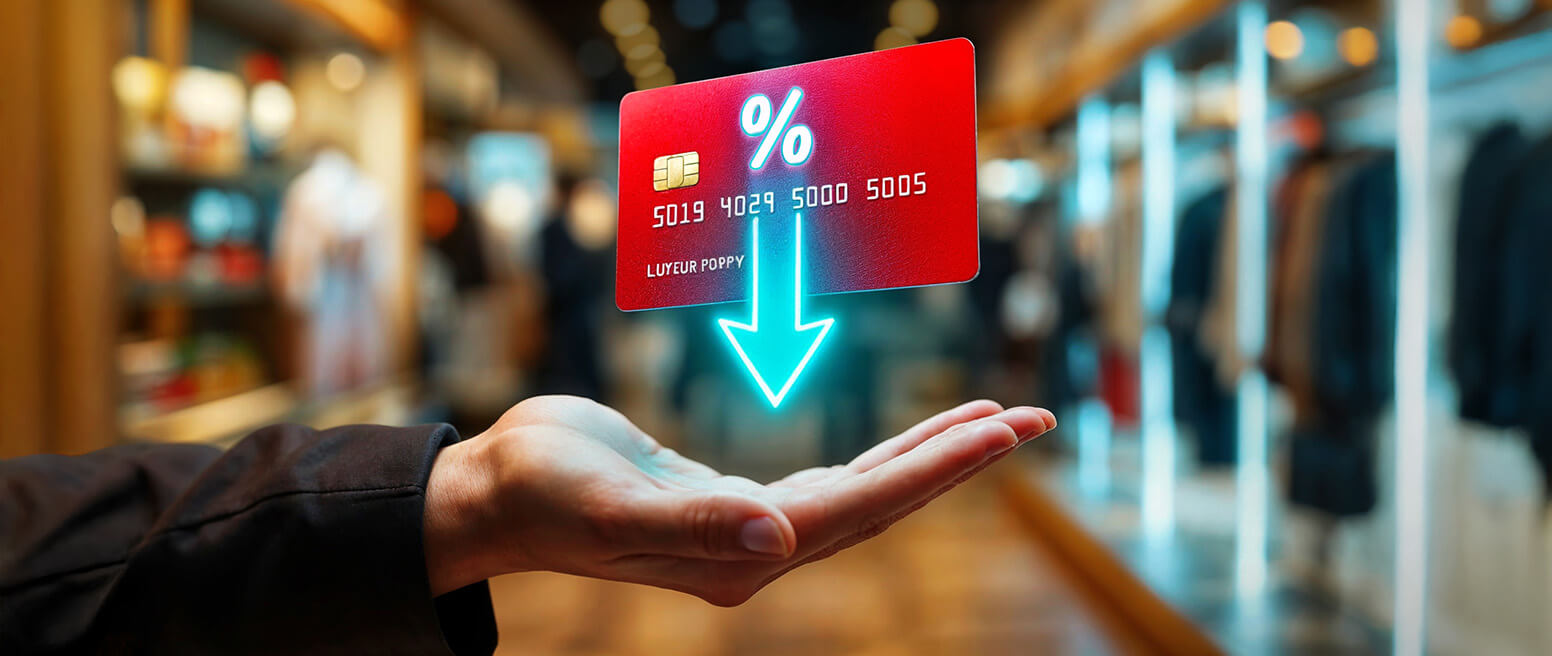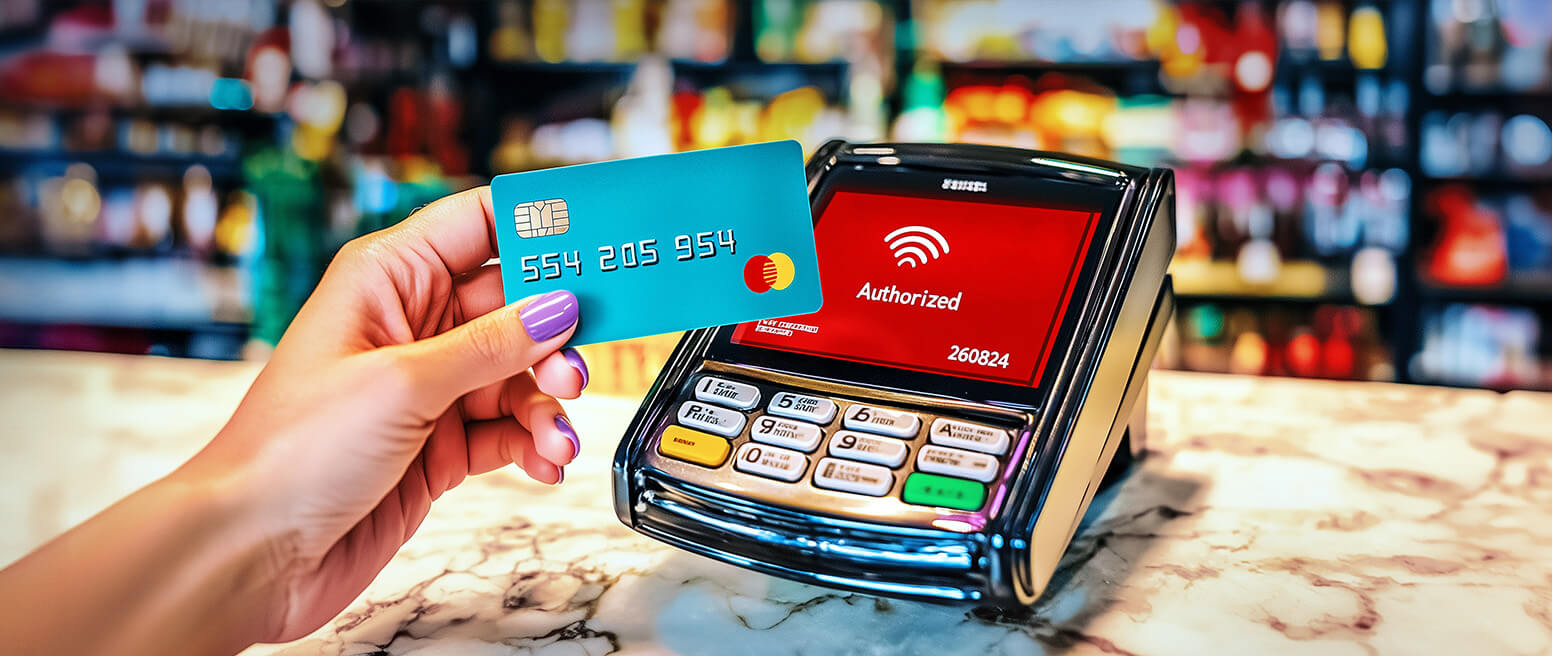Pre-Authorization Settlement is Essential for Many Credit Card Transactions. Here’s Why.
Picture this: you’re at a restaurant, ready to pay your tab. The server takes your credit card, gets an authorization for the meal amount, and returns the receipt for you to sign. You want to include a tip… but then you realize that adding a tip changes the transaction amount after the card’s already been swiped.
Why doesn’t the restaurant need another authorization for the new total? The answer has to do with what’s called a pre-authorization settlement.
Requesting pre-authorization is standard, well-known practice for some merchants. But, it can be a source of confusion for others. In this post, we’ll explain what pre-authorization is, how it works, and what’s meant by a “pre-authorization settlement.”
Recommended reading
What is Pre-Authorization on a Credit Card?
Before diving into pre-auth settlements, we should take a second to look at how pre-authorizations work.
When a cardholder swipes or dips a credit or debit card, the purchase information gets transmitted to the issuer. The bank will then provide (or decline) authorization for the transaction. Authorization is the bank’s way of communicating that the account in question exists, and that it has funds available to pay for the purchase.
This is all standard practice. The problem arises when the client wants to pay, but the actual transaction amount isn’t known. This often happens at restaurants, as in our example above. But, there are several other industries where this regularly occurs as well, which we’ll touch on below.

A pre-authorization (also called a “pre-auth”) allows merchants to estimate the amount of a final total, and receive authorization for that projected amount. The bank then places a temporary hold on a customer’s credit card for the amount in question.
An authorization hold reassures the merchant that the cardholder has the funds for the current transaction amount, and also for the expected final total. The bank locks in hold for a certain length of time pending settlement. Authorizations are usually valid for 7 days, but that can vary based on your merchant classification code.
What is a Pre-Authorization Settlement?
- Pre-Authorization Settlement
A pre-authorization settlement occurs when funds from a pre-authorization hold are deposited into the merchant’s bank account after the transaction has been settled. This is typically used when the final transaction amount is unknown at the time of purchase.
[noun]/prē • ôTH • ər • ə • zā • SHən • sed • l • mənt/So, the merchant has received pre-authorization for a transaction. Now, it’s time to complete the transaction.
Once the payment total is finalized — at checkout, if staying in a hotel, for example — the reserved funds are “captured.” The hold is released, and a full transaction amount becomes a final charge, which is then settled like any other card transaction. Pre-authorization settlement occurs when the issuer actually deposits the pre-authorized funds into the merchant’s account.
In short, pre-authorization settlement is simply the normal settling of a charge, once the final amount of the transaction is known.
You’d typically submit transaction settlements in batches, rather than submitting them one at a time. Thus, the whole process can take several days before the bank releases the hold and transfers the funds.
The merchant must submit the transaction for settlement within the allowed time frame. Otherwise, the bank may reject the transaction. If the merchant attempts to force a transaction through after the presentment window, the bank may respond with a “late presentment” chargeback. This would be filed using reason code 12.1 for Visa transactions, or reason code 4834 for Mastercard.
Why is a Pre-Authorization Settlement Necessary?
When used correctly, pre-authorization ensures that a business actually gets paid for purchases made via a payment card. That said, not every merchant or vertical really needs to use pre-auths.
As we explained earlier, pre-auth settlements are mostly for verticals where the total amount of a transaction is typically unknown at the time of the authorization request.
In addition to the restaurant example we used above, here are a few other common instances:
Benefits of Pre-Authorization Settlement for Merchants
There are many reasons for requesting a pre-authorization as part of the transaction process. For example, a small hold – even $1.00 – can be used to validate the card before approval. The money would then be applied either to that purchase, or the bank will issue a pre-authorization settlement credit after the fact.

There are other benefits as well. For instance, pre-authorization settlements allow merchants to:
What Happens if a Pre-Authorization Expires Before Settlement?
Despite the benefits, the pre-authorization settlement scheme is not perfect. It’s known to cause confusion among both cardholders and merchants, particularly in regard to the time frames involved.
Lack of standardization is a prime culprit here. Different parties set their own time limits on how long a pre-settlement hold can last. Time frames can also vary based on the type of card used.
Some industries have their own unique time limits. Hotels, for instance, can place a hold on a customer’s card for the duration of that guest’s stay — regardless whether that’s one day or two weeks.
Generally speaking, however, pre-authorizations typically expire after five days. If the pre-auth expires before settlement, the merchant can try submitting a new charge. There’s a chance that the cardholder will no longer have that much available credit, though, meaning the new transaction could get declined.
It’s also important to note that a merchant must re-secure the cardholder’s permission before submitting a second authorization request. Otherwise, they may be within their rights to file an “unauthorized transaction” chargeback. It’s also good to contact the issuer in those cases, so they understand what’s going on.
Any time a cardholder sees a hold on their account, and they can’t immediately connect it to an authorized purchase, they may instantly assume they’ve been overcharged, or even scammed. Worse, they tend to think the merchant — not the bank — is the party holding their money.
If the hold remains in place longer than anticipated, the cardholder might get angry. They may blame the merchant and complain, file a chargeback, or even voice their frustration on publicly social media and review sites.
Best Practices for Pre-Authorization Settlements
Pre-authorization settlements are the most practical solution for many businesses. They need to be managed carefully, though. We recommend that merchants adopt these best practices in order to insulate themselves against risk:
The Final Word on Pre-Authorization Settlement
In this post, we examined credit card pre-authorizations and pre-authorization settlement. We looked at how these two processes work, as well as common mistakes to avoid and best practices to adopt.
This is all important information. It’s crucial for merchants specifically, though, as they’re the ones who have to deal with pre-authorization settlements — and the associated time limits — directly. Merchants are also the party that most directly suffer the consequences when a pre-authorization settlement fails.
If you have additional questions about pre-authorizations or want to learn more ways to protect your business, call and speak with one of our payments industry experts today.

